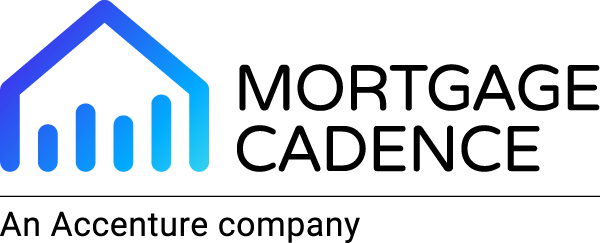By: Trevor Gauthier for Today's Lending Insights
According to conventional wisdom, creating a mortgage loan is like a manufacturing process, with loans progressing along an assembly line that starts with origination and ends with delivery. But the process actually begins before origination when will-be buyers have their first thoughts about homeownership. Without their applications — the raw material that feeds the factory — the factory goes idle.
Refinance is over. What may be the longest running purchase market since the 1950s is about to begin. The importance of cultivating borrowers early in their process and pulling their loan through to closing has never been more important. Today’s purchase market is vastly different from yesterday’s. Volumes will be lower; borrowers will take their time deciding what to buy. The very idea of homeownership will be months or years in the making.
Hence the idea that the mortgage manufacturing process needs to begin much earlier, with the buyer’s very first thought of a house. Lenders need to be thought of at that time as well. Typical buyers follow a process similar to this:
Stage One: Planning and Scheduling.
Stage Two: Follow the Plan and The Schedule.
Stage Three: Shopping and Buying.
Stage Four: Financing.
Stage Five: Residing.
Originating in stage four has been the dominant model. Engaging with buyers in stages one and two will distinguish successful lenders. This is very different thinking for a very different market.
Establishing relationships this early means knowing when the buyer will purchase, making it easier to project capacity, feed the factory and drive efficiency.
Savvy lenders will nurture will-be buyers through the stages offering budgeting help and education about the financing as well as the home buying process. Building trust and relationships through assistance and education leads naturally to becoming the lender of choice when it’s time.
This fundamentally changes the idea of the pipeline, which today starts with stage four. Pipelines that start with stage one will be defined and managed differently, involving much greater nurturing that includes contact using the borrower’s preferred methods. Successfully doing so will lead to applications. Closing more loans means nurturing in similar ways and must continue until the borrower has signed – preferably electronically – and has the keys to their new home.
Technology has a role to play with this new pipeline definition, just as it does throughout the manufacturing process. More than ever before, will-be buyers will browse lender websites, expecting to find information and tools to guide them from the early stages through application to closing. This is how the new mortgage factory has to be fed.
Though similar to the 1950s in that the theme is purchase, today’s borrowers and their expectations along with the technologies are all vastly different than those of the past. Thinking about feeding the factory years ahead is an entirely new discipline for the mortgage industry made necessary because this is an entirely new environment.



